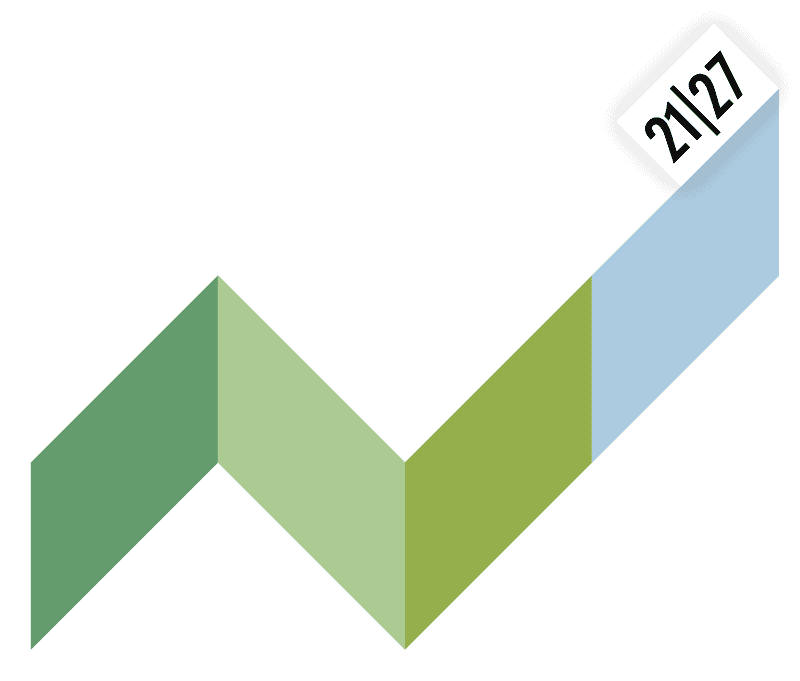The European Union claims to become a carbon-neutral economy by 2050. That means a serious political, social and economic challenge at various levels. Within the Alpine Region of the EU, different Action Groups have been set up in order to monitor and impel major subjects such as energy efficiency and the use of local renewable energy. The latter briefly summarizes the key focus of the Action Group 9 (AG 9). Their aim is a significant reduction of energy consumption by promoting energy management and monitoring systems at different levels. In this context, national borders in particular have been proven to be an enormous obstacle. Especially within the Alpine region, a lot of potential has regularly been wasted even though it is self-evident that energy consumption and production within territorial borders is often more alike than the energy flow within national borders.
At this point, the Interreg Alpine Space sponsored program CERVINO interferes.
While various members of different EUSALP (EU Strategy for the Alpine region) Action groups have been attending an international hydrogen conference at Moûtiers in March 2023, Stefan Drexlmeier -managing director of the Civic Foundation Energiewende Oberland- took the opportunity to chat about the benefits CERVINO might contribute to the pursuit of the AG 9 goals. Matteo Mazzolini, a long-term member of the EUSALP AG 9, emphasized the necessity to record comprehensive energy data at all. According to Mazzolini, in many Alpine regions little or no energy data compilation has been gathered until today. However, thanks to the project CERVINO, regions that have previously not been participating in the collection progress are now encouraged to use available database tools and create their own data collections. A transregional data platform obtained in this way might certainly lead to further directions and become a starting point for new paths and measures within the energy sector. In fact, the aim of the Interreg project CERVINO goes far beyond a simple data analysis. Transregional energy data is an important basis to draw further conclusions because without measurement, evaluation is not present. And without evaluation, understanding is not present. And without understanding, we will not possess a goal-focused roadmap that can preserve our future.
Alongside Benjamin Auer, known as the co-coordinator of the AG 9, Stefan Drexlmeier further discussed the long-term benefits of a comprehensive, constantly updated and continuous data collection. Auer summarizes: “For energy agencies and for all those institutions that engage in energy planning, the benefit is having the possibility and the opportunity to engage in much more detailed planning.“ The creation of an energy observatory targeted by the project CERVINO is an urgently needed basis that might be a helpful tool in order to compare Alpine regions, to identify cooperation potential, to elaborate political recommendations, to learn and gain from different regional energy management strategies but most importantly: to generate a quick and evident graphic visualization of the current energy flow. By achieving that, CERVINO will create an actual illustration of the progress/regression regarding the pursuit of the ambitious goal of a climate-neutral economy and further provide essential information about accomplished energy savings or other development measures. After all, little time is remaining until 2050.
Weblinks to videos:
Matteo Mazzolini: https://www.youtube.com/watch?v=zKmn0BfTpCU
Benjamin Auer: https://www.youtube.com/watch?v=sL8Nakh9Ya0



